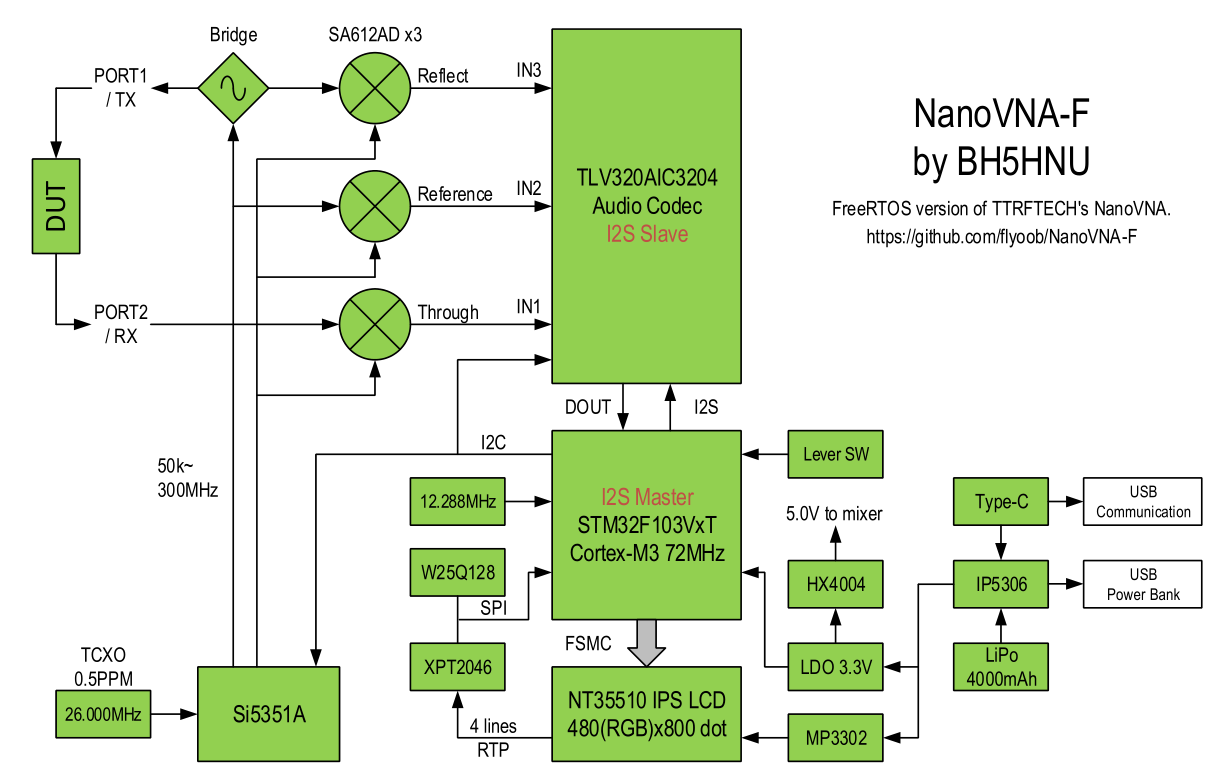

This page was translated from cho45’s NanoVNA User Guide.

Calibrate according to the calibration method.To do firstīefore you can use it, you must first calibrate it. First, calibrate as follows. In either case, the input is converted to an intermediate frequency of 5kHz. The signal is converted from analog to digital at 48kHz sampling. Digital data is signal processed by the MCU. Note that there is always a fundamental wave input, especially when checking the amplifier gain. The local frequency of NanoVNA is 50kHz to 300MHz. For higher frequencies, use harmonic mode. The fundamental wave is not attenuated even in harmonic mode. The usage modes for each frequency are as follows. NanoVNA measures the reflection coefficient and transmission coefficient for 101 points in the frequency band to be measured. The following items that can be calculated from these can be displayed. Just set the centre frequency of the stimulus at the value you need and a span of 0 Hz. If you are in a hurry and need a quick & square wave signal between 50 kHz and 300 MHz the NanoVNA can come to the rescue. VNA (Vector Network Analyzer) measures the frequency characteristics of reflected power and passing power of a high frequency network (RF Network). NanoVNA vector signal analyzer can be used also as an RF signal generator. Start using NanoVNA What you need to work


 0 kommentar(er)
0 kommentar(er)
